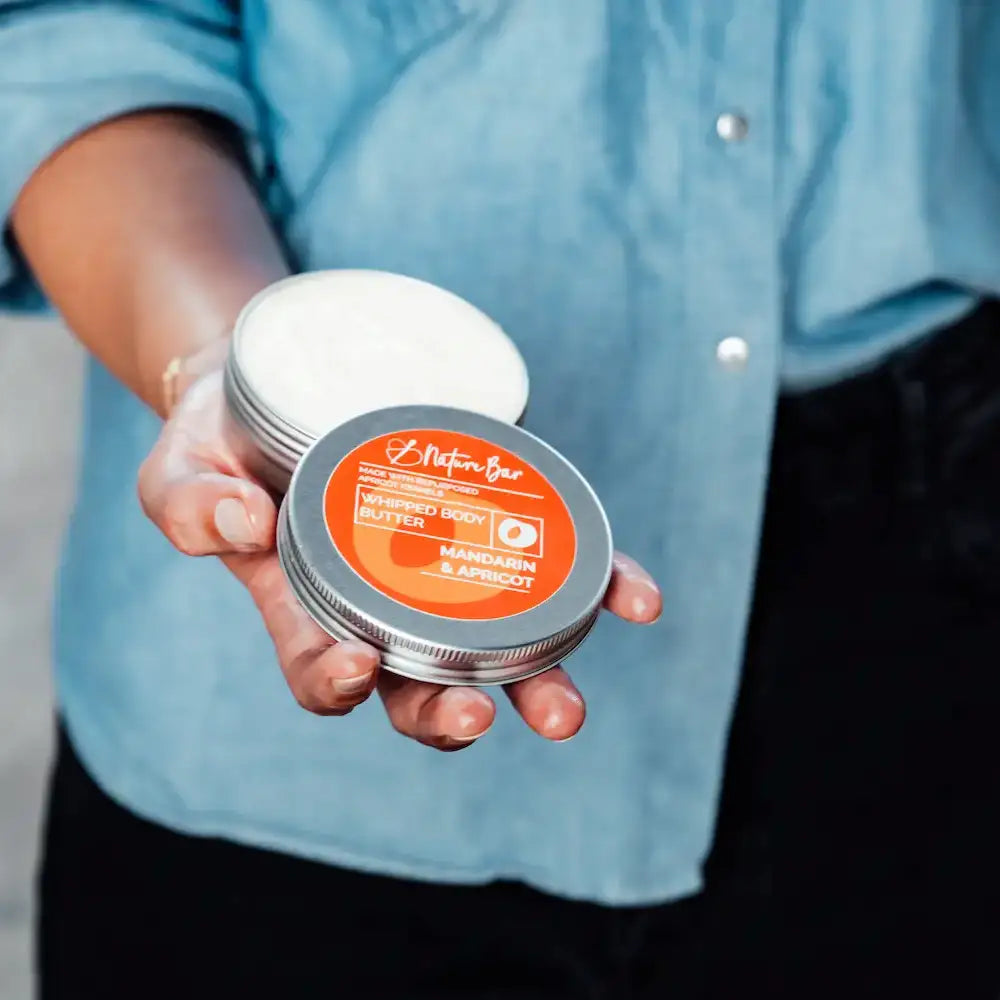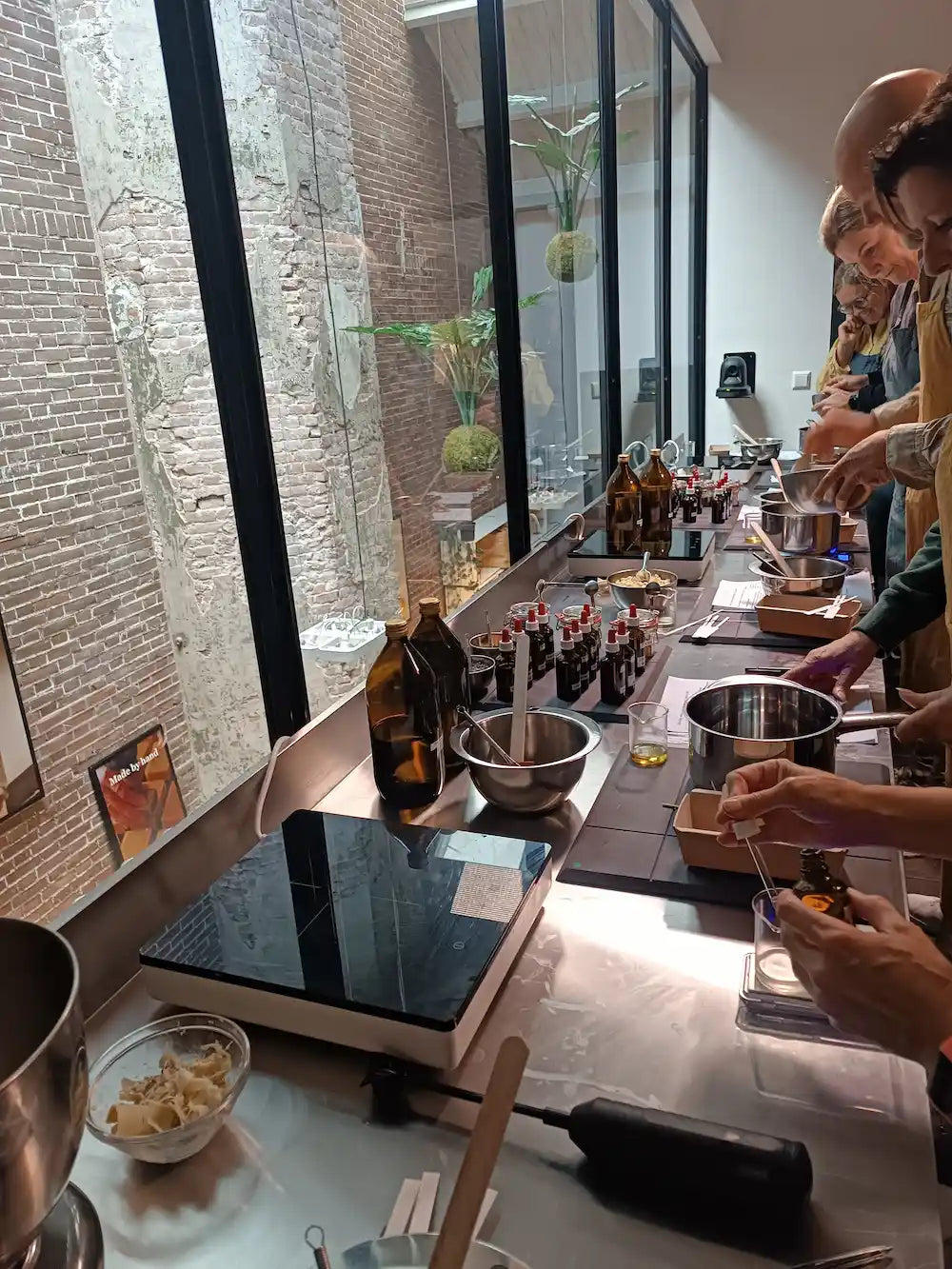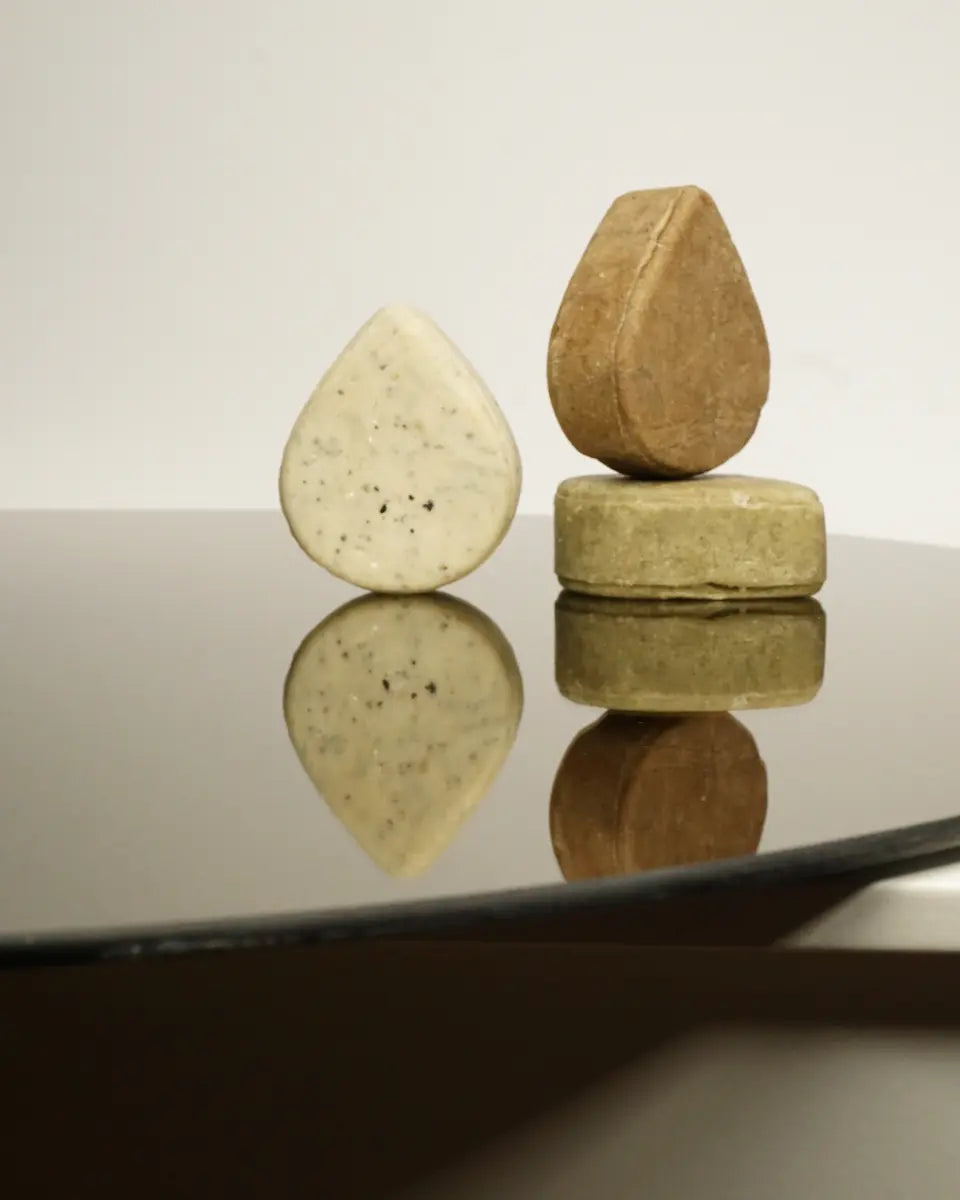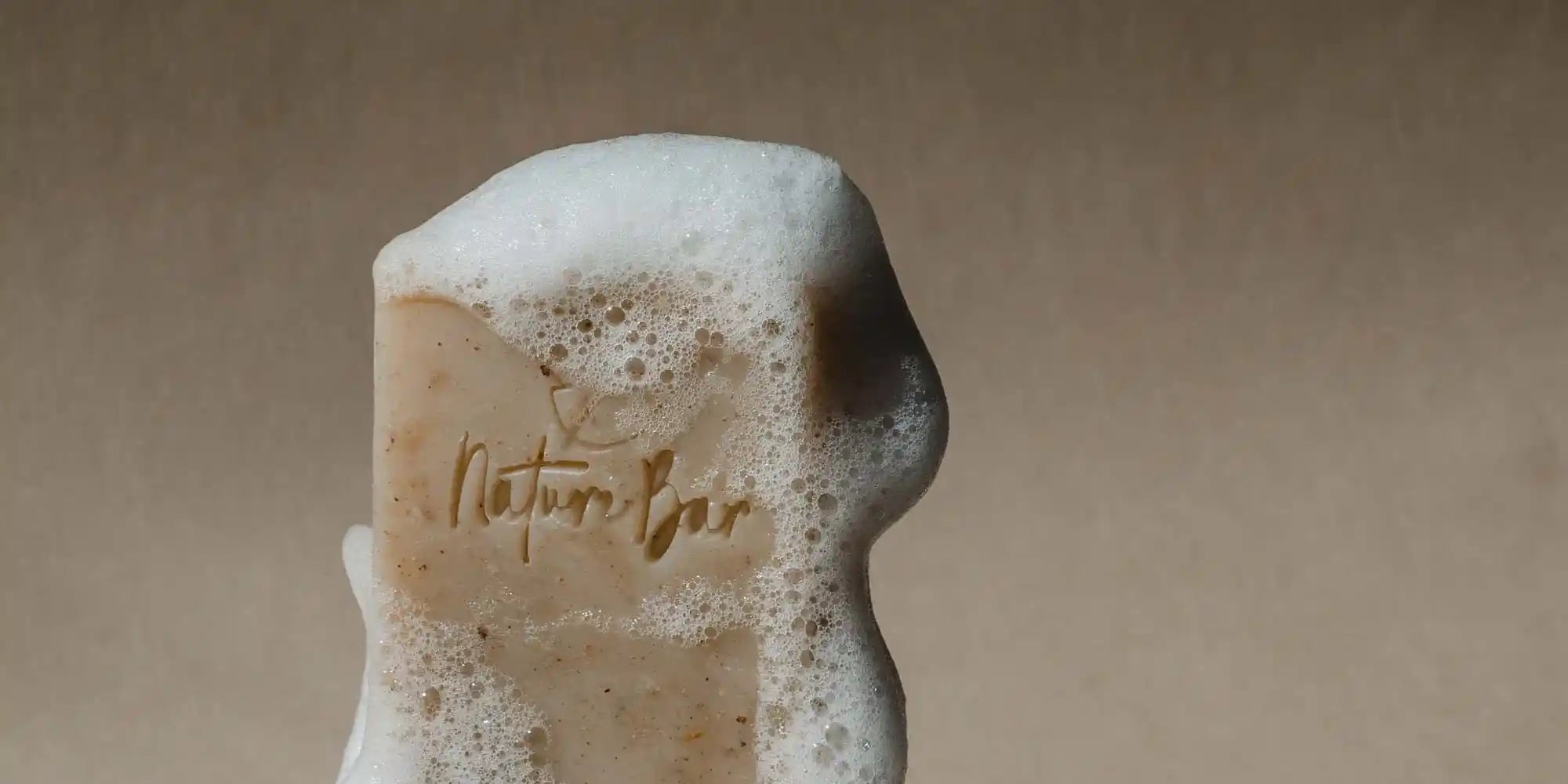Articles
How to Make Elderflower Syrup (and Why I Love It)
There is something magical about elderflower for me. Every summer I look forward to that lovely, warm scent of blooming elder in the city sweet, slightly spicy and almost flowery like honey. It is as if nature is whispering: "It's summer." For me elderflower is pure nostalgia and inspiration. That is why I pick a small bunch of elder every year to make my own elderflower syrup .
This homemade syrup is delicious in sparkling water, cocktails, on pancakes or even in a fresh salad dressing. And the best part: it is super easy to make and of course the perfect excuse to go into nature! Below you can read step by step how to get started yourself.
What do you need?
20–30 elderflower umbels (freshly picked)
1 liter of water
1 kilo granulated sugar
1 organic lemon
Optional: a few slices of fresh ginger or lemon balm for extra flavor
Tip: Pick elderflowers on a dry, sunny day. They are most aromatic then!
How to make elderflower syrup in 4 simple steps
Step 1: Clean and prepare Shake the blossoms gently to remove any insects. It is best not to rinse them, as this will preserve the fragrant pollen. Slice the lemon.
Step 2: Let it pull Place the blossom and lemon in a large (glass) pot or pan. Bring the water to the boil, pour it over the blossom and let it steep covered for 24 hours in a cool place.
Step 3: Sieving and cooking The next day, strain the mixture through a fine cloth or sieve. Add the sugar to the strained liquid and heat slowly until the sugar is completely dissolved. Then bring to the boil briefly.
Step 4: Bottling Pour the hot syrup into well-cleaned bottles or jars. Seal immediately. Store in a cool, dark place, the syrup will keep for a few months.
More than just delicious: the skin benefits of elderflower
Did you know that elderflower not only smells wonderful, but is also soft and caring for your skin? It is rich in antioxidants, has a calming effect and helps with sensitive skin.
That's why we also use elderflower in our limited edition elderflower & lavender soap, the perfect summer soap, handmade and 100% natural.
👉 Read more about the skin benefits of elderflower here and discover our newest soap with this magical blossom.














